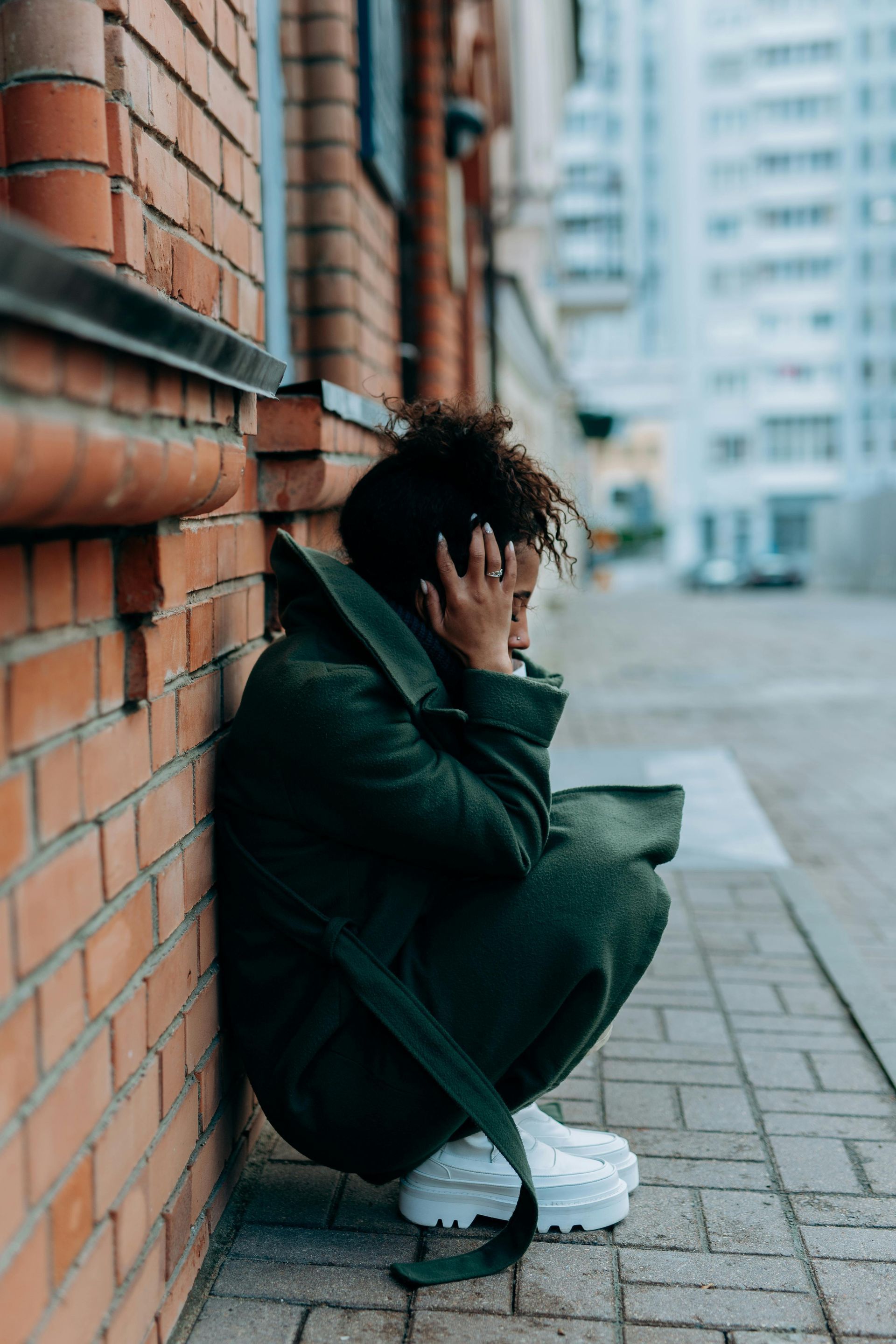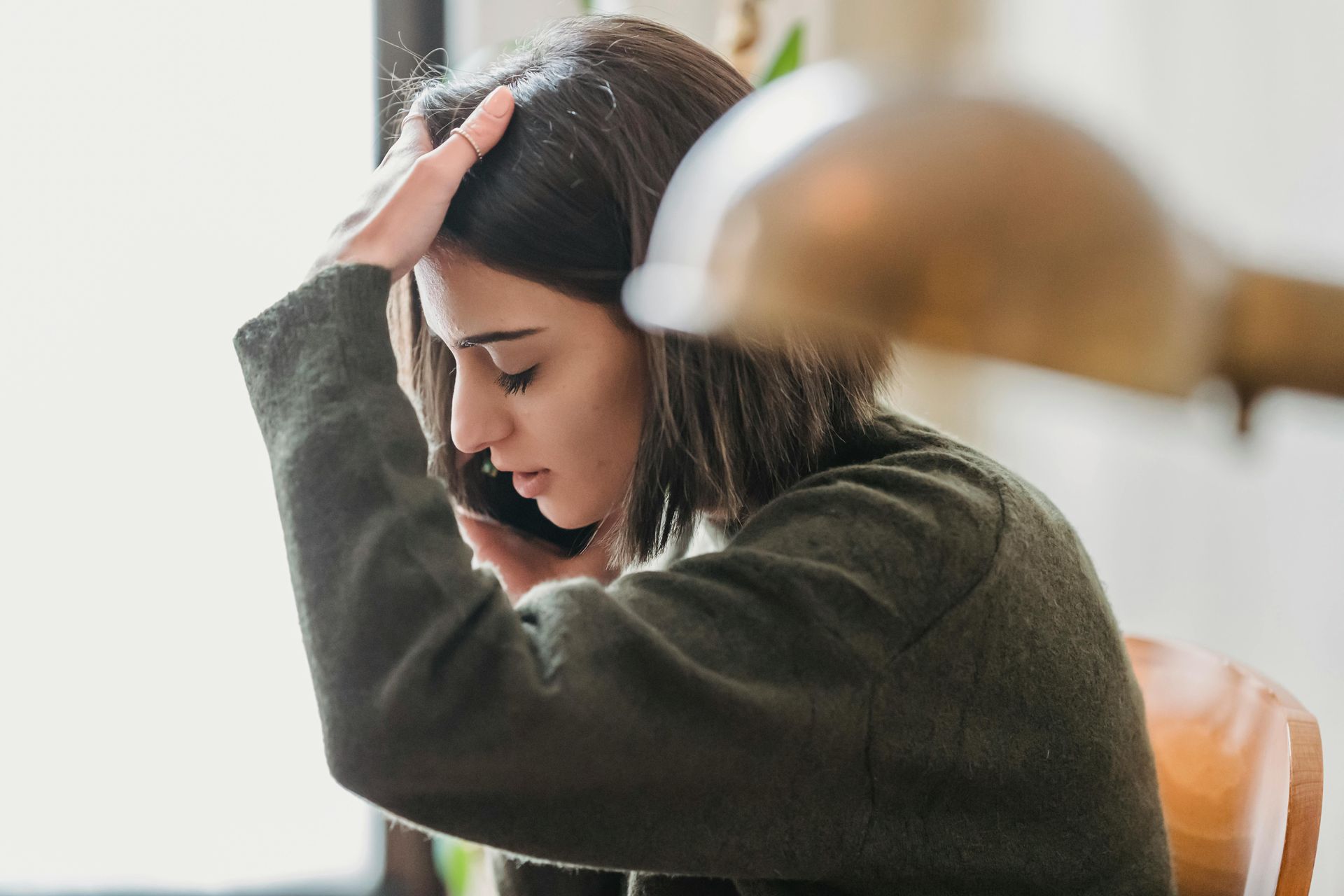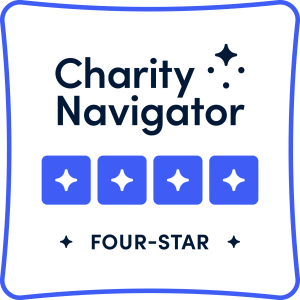Understanding The Different Types Of Human Trafficking: A Comprehensive Guide🦋
Human trafficking may sound like a problem that isn't something to worry about in the United States, but it's happening globally and possibly even in your own city. Every day, people are being forced into activities against their will through threats and scams.
Millions of people are trafficked every year, held captive by debt bondage, scare tactics, manipulation, or emotional and physical harm. Certain groups may find themselves at a higher risk due to lower income, immigration status addiction issues, and more.
This post will help you understand the various methods of human trafficking, so you can be more aware of what to watch out for.
Key Takeaways
- The 3 main types of Human trafficking include sex trafficking, labor trafficking, and child trafficking.
- Traffickers rely on force, fraud, and coercion to manipulate their victims. They may use threats or take away identification documents.
- Groups that are at higher risk for trafficking include marginalized communities like immigrants, LGBTQ+, and those in poverty.
- Some victims end up in debt bondage which traps them into making them work to pay back loans they can never finish paying off.
- Look for human trafficking signs like lack of control over personal documents or unexplained injuries. Report suspected cases to your local law enforcement immediately.
Types of Human Trafficking
Human trafficking can be broken down into three forms of trafficking: sex trafficking, labor trafficking, and child trafficking. While they all have unique differences, all three types of trafficking all involve exploiting people for forced labor or sexual acts against their will.
Sex Trafficking
Human trafficking victims that have been sex trafficked are forced into committing sexual acts through threats, use of violence, emotional harm, or debt bondage. These acts of sexual abuse commonly occur through online platforms, bars, in hotels, private homes, or massage parlors.
Traffickers often lure in younger victims through social media to exploit them in the sex trade. Internet chat rooms and other businesses may serve as a front for trafficking.
Anyone under the age of 18 taking part in sex work is illegally trafficked, regardless of coercion, and is considered a victim of child sex trafficking.
Labor Trafficking
Labor trafficking is a form of human trafficking that can be compared to modern slavery. Migrant laborers, domestic workers, or even children might be forced to work against their will after human traffickers use threats, lies, violence, or confiscating identification documents to manipulate them.
Many of these jobs take place in farms, factories, in restaurants, or in private homes where they are paid very little or nothing at all. Victims may also be held captive by debts they aren't able to repay.
Trafficked victims are often in search of a better life, but get tricked into promises of employment and fair wages. Once trapped, they face emotional and physical violence.
Child Trafficking
Child trafficking can be defined as forcing kids into child labor or into sex work. Under federal law, any child under the age of 18 participating in commercial sex acts is considered a trafficking victim, even if no force was involved.
Exploited children are often deceived or threatened by traffickers to start working for them, then denied food, rest, and education.
These kids may be working far from home and are at high risk for harm every day. Knowing how to identify the signs of human trafficking is essential in ending the trafficking of children and saving them from a lifetime of abuse.
Key Elements of Human Trafficking
Human trafficking describes the use of force or fraud to push people into undesired labor or sexual servitude. It may also involve debt bondage or even the illegal trade of human organs. Being aware of the signs and scams is critical to keep yourself and others safe.
Force, Fraud, and Coercion
The use of force, threats, or fraud is common in all forms of trafficking. Victims are tricked or coerced into commercial sex acts or labor against their will using various manipulative tactics.
Coercion might look like threatening physical harm or withholding pay to the victim or their family. It could include manipulation, causing emotional harm, or even physical violence. Traffickers may also withhold identification documents or access to personal accounts to keep victims trapped.
By becoming aware about these abusive tactics, you can assist in recognizing the signs of human trafficking in your community and help to protect vulnerable individuals.
Debt Bondage and Involuntary Servitude
Another way traffickers control people is through debt bondage. People become trapped and forced to work to repay fake debts, which will never actually be paid off.
These kinds of criminal activities are similar to modern-day slavery. Victims are usually isolated and have no access to essential resources including sensitive information like their identity documents, making it almost impossible to escape.
Involuntary servitude is the act of forced labor, like domestic work taking place in private homes. Victims are easily hidden and stripped of their freedom, making it difficult for them to get help. Involuntary domestic servitude, while largely prevalent, remains hard to detect because of its private nature.
Recognizing and Addressing Human Trafficking
Understanding early signs of trafficking and knowing which communities are most vulnerable is essential in taking steps to preventing human trafficking.
Warning Signs of Trafficking
Below you'll find some of the common signs of trafficking to look out for in your community:
- Have you noticed someone in control of another person's money, identification, or travel documents?
- Does someone you know have unexplained bruises or physical injuries that they brush off or refuse to explain?
- Are they unable to say what they want, look scared, depressed, or anxious?
- Do they exhibit symptoms of malnourishment or exhaustion?
- Have they suddenly stopped attending regular social activities or showing up to work with no explanation?
Vulnerable Communities at Risk
Anyone can become a victim of human trafficking, however, marginalized communities, like LGBTQ+ individuals, people of color, immigrants, and people in unstable housing situations are at much higher risk of becoming victime to these criminal organization. These groups are more likely to experience poverty, discrimination, trauma, or financial hardship, therefore, the likelihood of trafficking increases as well.
To best fight trafficking, we must also address societal inequalities, homelessness, poverty, and discrimination. By supporting organizations that work to protect these vulnerable groups and pushing for policies that support people at risk, you can play a crucial role in eliminating human trafficking globally.
Conclusion
All types of human trafficking, whether sex trafficking, labor trafficking, or child trafficking are extremely dangerous to fall victim to. It's important to stay vigilant and know the signs so you can protect yourself and others.
Protecting marginalized and vulnerable communities is a big part of reducing the number of human trafficking victims around the world. By supporting individuals at risk, as well as uplifting victims, you can help to save lives in your community.
FAQs
1. What are the different types of human trafficking?
There are several types of human trafficking, including sex trafficking, forced labor, or labor trafficking, and child trafficking. The most prevalent form of trafficking is commercial sexual exploitation, which often involves young girls and women being forced into sexual acts against their will.
2. How does the United States government combat human trafficking?
The U.S government has established various laws including the Trafficking Victims Protection Act (TVPA). They have also created human trafficking task forces and use a victim-centered approach when providing support for victims.
3. What's the difference between human smuggling and human trafficking?
Human smuggling involves illegal migration with consent from the person being smuggled, while with human trafficking, victims are exploited through coercion or deception without consent.
4. Can healthcare providers play a role in identifying victims of human trafficking?
Yes. Providers will be able to help identify clear trafficking signs including sexually transmitted infections, self-harm, adverse childhood experiences (aces), or emotional abuse.
5. How do traffickers control their victims?
Traffickers commonly leverage physical violence, threats, manipulation or confiscate identification documents in order to control individuals. This forces them into harmful labor or commercial sex industry activities including working phone sex lines or becoming part of various escort agencies.







